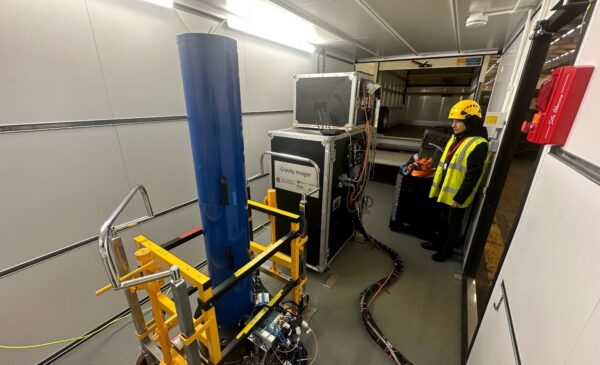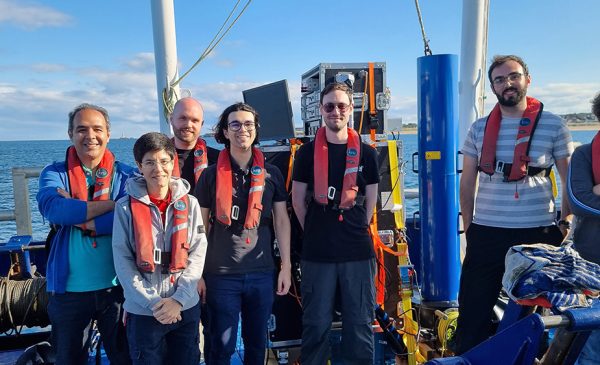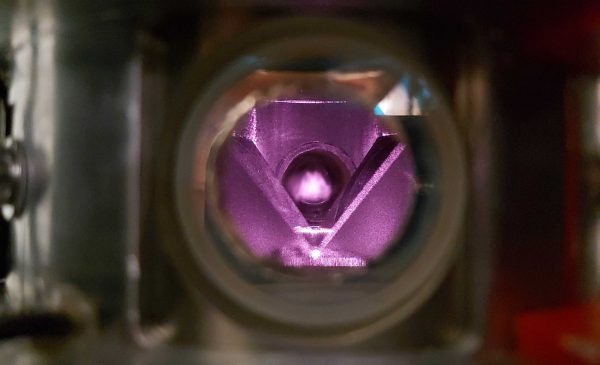What lies beneath the ground? Sensing the underground
Engineers and Physicists at the UK Quantum Technology Hub Sensors and Timing are developing quantum gravity sensors which will enable fast, accurate measurements and images, helping to reduce operational costs in transport and civil engineering.
The development of quantum gravity sensors through to commercial use has the potential to be hugely impactful. It will mean that we will have a much more accurate understanding of what lies beneath the ground. For example, in 2014-15, road occupation due to utility street works incurred costs of more than £1.5 billion, and traffic delays accounted for 6.16 million days of work in the UK. The cost of these street works to the UK economy was estimated around £7 billion, and the projected cumulative total cost of utility street works in the UK from 2013 and 2030 is £319 billion. Costs are increased when holes are dug in wrong places, due to difficulty in ascertaining the position of underground assets.
Prof George Tuckwell, RSK, Divisional Director for Geosciences and Engineering: “Our interaction with the Quantum Technology Hub is allow us to explore the potential of a new set of technologies based on quantum physics, which would allow us to get better images of the subsurface and therefore be able to do a much better job for our clients in mapping the subsurface. One of the projects that we’re working on is the REVEAL project where we’re trying to develop a new prototype gravity instrument that’ll allow us to measure gravity much more precisely than we currently can and to take that technology for the first time out into the field and use it in real conditions. The potential of the data that would come from this new technology is really quite exciting. We could end up with effectively a Google Maps of the subsurface allowing us to see in enormous detail the subsurface arrangement of pipes and cables and other buried obstructions which we can’t currently see, and also allows us to see subsurface hazards long before they become expensive problems to solve or life-threatening issues such as sinkholes or open mineshafts”.









